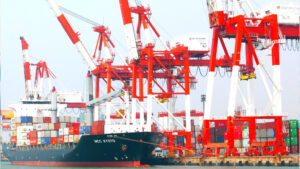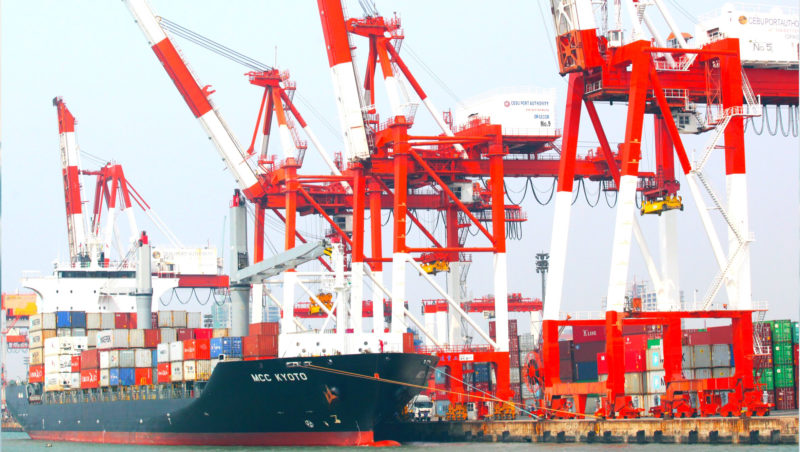
The Cebu Port Authority (CPA) is pushing through with construction of Pier 5 for exclusive use of domestic cargoes.
In a recent online interview with the Philippine Information Agency-Region 7, CPA general manager Leonilo Miole said construction of the new finger pier is being undertaken despite falling cargo volumes.
In the first seven months of 2020, cargo volume handled by Cebu ports declined 12.63% to 32.7 million tons from 37.5 million tons year-on-year.
For the same period in review, container traffic dropped 18% to 472,000 containers from 577,000, Miole said.
He noted volumes had been increasing prior to the pandemic, and the new pier will be in preparation for the return of volumes to normal levels.
The 155-meter-long Pier 5 will cost P510 million, to be funded internally by CPA.
Bidding was conducted last September 7 and awarding expected by end of the month. Construction will begin in October. Project completion is seen in December 2021.
Pier 5 will provide 360 linear meters of berthing space and 7,750 square meters of additional cargo area.
Miole said the pier will be able to accommodate three to four vessels at any one time.
Last year, CPA and cargo-handling operator Oriental Port and Allied Services Corporation (OPASCCOR) also inaugurated a P1-billion finger pier, which increased Cebu International Port’s (CIP) annual capacity to 900,000 twenty-foot equivalent units (TEUs).
The new finger pier allows the terminal to handle more cargo traffic and help decongest the Cebu hub.
Cebu international port
Meanwhile, consultancy works for the P10.1-billion New Cebu International Container Port (NCICP) project is ongoing and construction is expected to start next year.
The NCICP will be built on a 25-hectare reclaimed piece of land in the town of Consolacion in Cebu. Once completed, NCICP will be the main international port of Cebu, and the existing baseport in Cebu City will be converted into a pure domestic terminal, Miole said earlier.
In June 2018, the Philippines and South Korea’s Export Import Bank of Korea signed a US$172.64 million (P8.8 billion) loan agreement for the construction of the new international terminal.
The Philippines will provide counterpart funding of $26.09 million (about P1.3 billion).
The new international terminal is seen as the long-term solution to the growing volumes handled at Cebu International Port, the current base port. It will also enhance the transport infrastructure system and facilitate the flow of goods and services in the Visayas region. – Roumina Pablo





